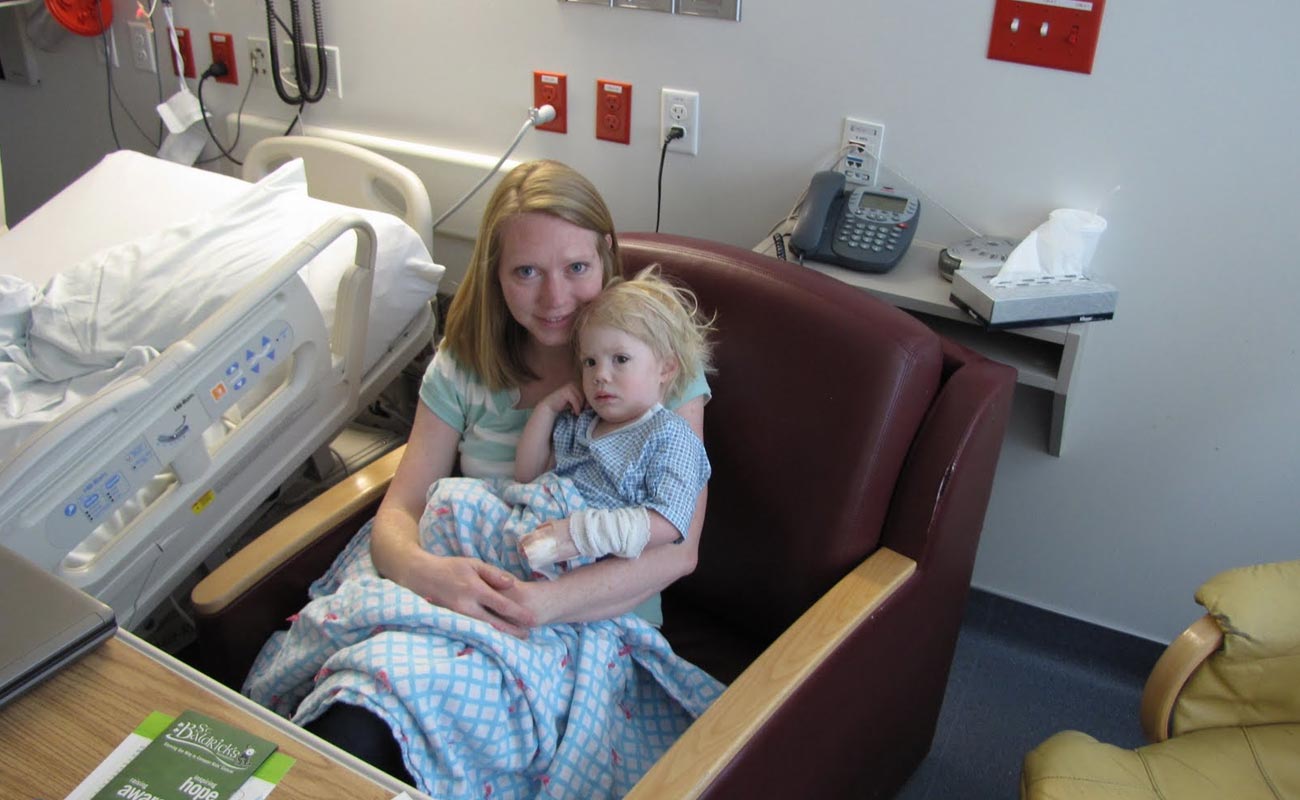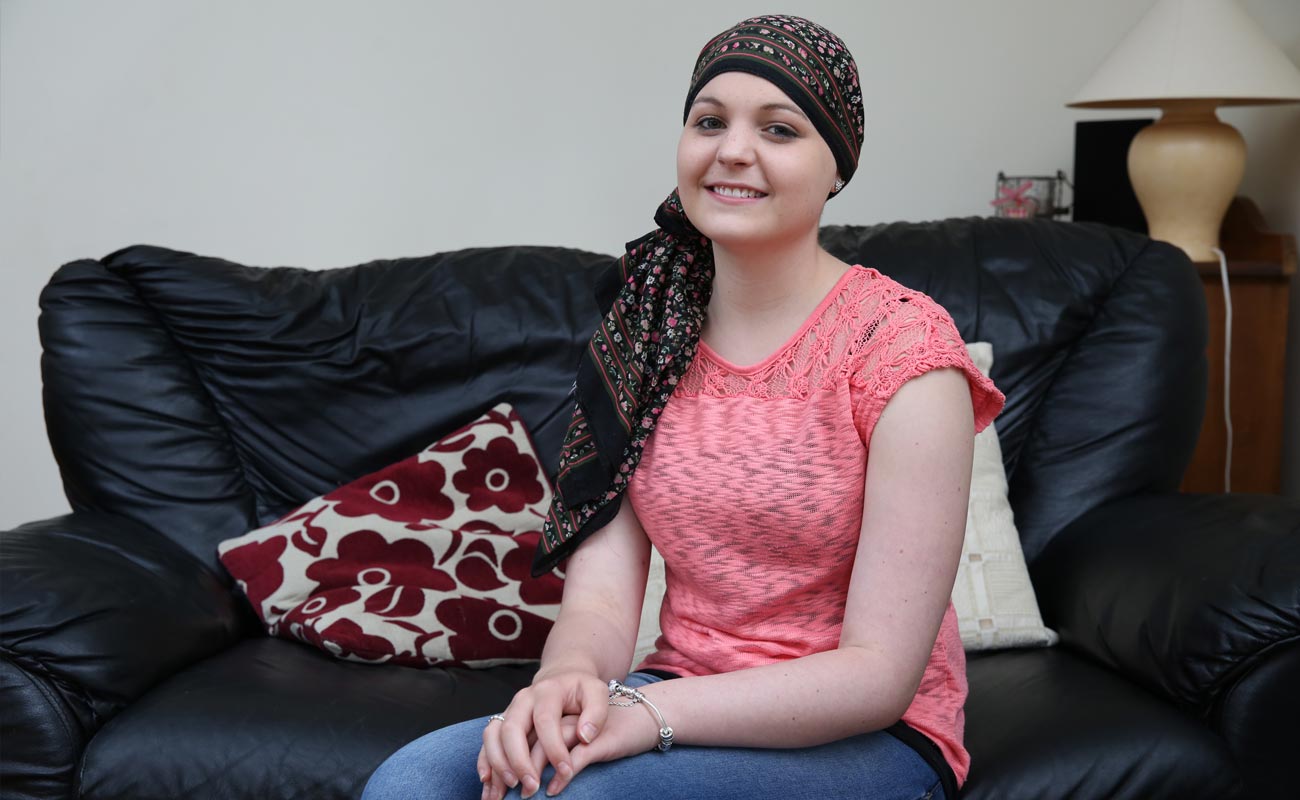Leukemias are those cancers that grow in cells that typically progress into various kinds of blood cells. Acute myeloid leukemia (AML), also known as acute myelocytic leukemia, acute myelogenous leukemia, acute granulocytic leukemia, and acute non-lymphocytic leukemia is one of these kinds.

The word “Acute” means that unless this leukemia is treated, it could grow so fast that it could probably be deadly in a few months. “Myeloid” also comes from the kind of cell this leukemia grows from.
Most cases of AML grow out of cells that could become white blood cells (except lymphocytes). However, some cases of AML grow into some other kinds of blood cells.
AML first begins to be created in the bone marrow (in which new blood cells are made) And then goes into the blood cycle. Sometimes it travels to the other organs like the lymph nodes, spleen, liver, testicles, and central nervous system.
The other kinds of cancer may start in these body parts and then go to the bone marrow. But these kinds of cancer that start somewhere else and then penetrate into the bone marrow are not considered to be leukemias.

The key symptoms of AML are caused by the absence of normal blood cells. Some of these symptoms are as follows:
Other symptoms might come up as pain in bone and chest, inflated lymph nodes, inflated gums, and inflated spleen or liver resulting in feeling discomfort in the stomach.
Medical practitioners usually are not aware of the causes of AML in certain person. However, the “risk factors” for the condition are almost well-known. These risk factors cause the person to become susceptible the cancer.
Some of the acute myeloid leukemia risk factors are as follows:
Having contact with certain chemicals such as benzene (present in cigarette smoke and used in oil refineries and some other industries), some cleaning products, and paint strippers
There is no definite way to prevent acute myeloid leukemia, but one can lower his risk of getting AML by avoiding smoking and exposure to chemicals.
Usually when the doctors observe the symptoms of acute myelogenous leukemia, recommend undergoing some tests, such as:
Most people with acute myelogenous leukemia have too many white blood cells, too little red blood cells and too little platelets. The presence of blast cells (immature cells typically are found in bone marrow though they are not circulating in the blood) is an indication of acute myelogenous leukemia.
In order for bone marrow biopsy, a needle is employed to take away a sample of the bone marrow. Typically, the sample is removed from the hipbone (posterior iliac crest). The sample is then sent to a laboratory in order for testing.
If the doctor is suspicious of leukemia, he might refer the patient to a specialist (oncologist) or a physician with specialization in terms of blood-forming tissues (hematologist).
When the doctor determines the existence of AML, he might need the patient to undergo some other tests as well to the extent of the cancer and its subtype would be found out.
The AML subtype is determined based on the way cells appear when they are examined under a microscope. Also Special laboratory testing might be employed to identify the certain characteristics of the cells.
The AML subtype helps determining which treatments could have the best outcome for the patient. Doctors study the way various kinds of cancer treatment can influence people with different AML subtypes.

The treatment of acute myelogenous leukemia depends many different factors, including the subtype of the condition, age, general health statues and the patients’ inclinations.
Generally, treatment consist into two phases:
The goal of the first phase of treatment is to destroy the leukemia cells in the bone marrow and blood. Yet, remission induction typically doesn't destroy all of the leukemia cells, therefore, further treatments are required to prevent relapse the disease.
Post-remission therapy, known as maintenance therapy or intensification, is another phase of treatment is aiming at killing the residual leukemia cells. This phase is necessary for decreasing the risk of returning of the disease.
The therapies employed in these phases are as follows:
Chemotherapy is the most important form of remission induction therapy. However, it can also be employed for consolidation therapy. Chemotherapy uses chemicals to kill cancer cells in the body.
Since the medications kill so many normal blood cells in the process of destroying leukemia cells, AML patients often stay in the hospital for chemotherapy treatments. In case the first phase of chemotherapy does not result in remission, it can be repeated.
Arsenic trioxide (Trisenox) and all-trans retinoic acid (ATRA) are anti-cancer medications that could be used alone or along with chemotherapy for remission induction of a spesific subtype of AML called promyelocytic leukemia. These drugs cause those leukemia cells a specific gene mutation to get mature and die, or to stop dividing.
A stem cell transplant, known as a bone marrow transplant, could be used for consolidation therapy. A stem cell transplant helps re-establishing healthy stem cells through substituting unhealthy bone marrow with leukemia-free stem cells that will redevelop healthy bone marrow.
Before a stem cell transplant, the patient is given high doses of chemotherapy or radiation therapy to abolish the leukemia-producing bone marrow. Then infusions of stem cells from a compatible donor (allogeneic transplant) would be performed.
If the patient has previously been in remission and his healthy stem cells is taken away to store for a future transplant, he could be given his own stem cells (autologous transplant).
Some corresponding and substitute treatments can dismiss the symptoms.
Some alternative therapeutic methods that may help relieve symptoms are as follows:

Adjusting to the condition and discovering ways of coping with an AML condition diagnosis is a significant portion of the healing process, along with treatment. There are many organizations that provide support services to help those affected by cancer. Counseling is also accessible to help people learn means to handle the emotional challenges made by the diagnosis. Support groups are available to connect the patient with the other patients in a safe, useful atmosphere. Obviously cancer affects the person and his loved ones. Therefore, it is crucial to have a support network created to manage the condition.
Submit Comment